Enhancing Productivity Through Digital Detox: A Comprehensive Guide
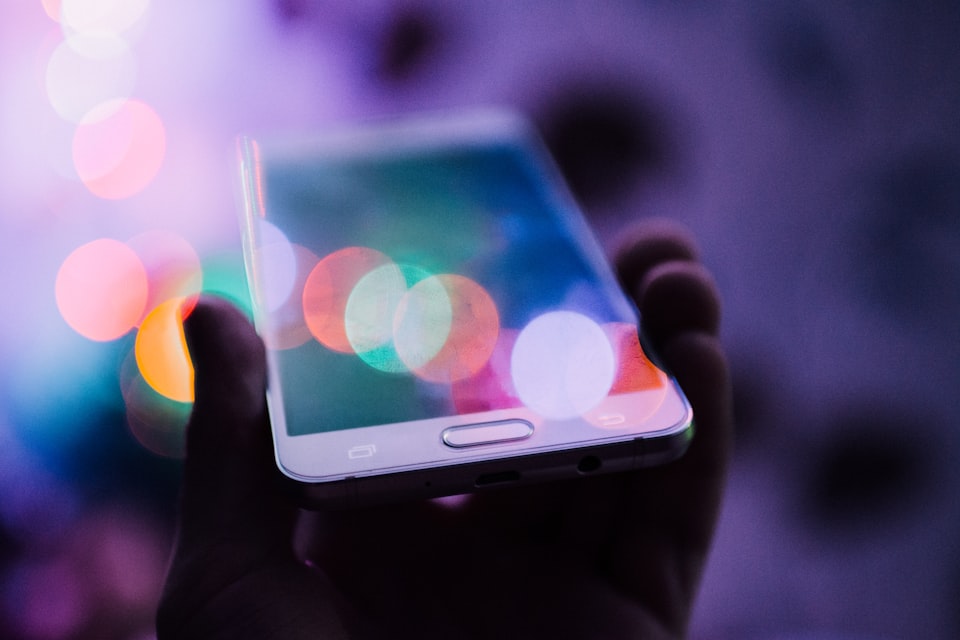
In an era where screens dominate our lives, from the smartphones in our pockets to the computers on our desks, digital overload has become a concerning reality. The constant barrage of notifications, emails, and the endless scroll through social media can leave us feeling drained, distracted, and far from productive. The solution? A digital detox. By consciously reducing our digital consumption, we can reclaim our time, enhance our focus, and improve our overall well-being. Let's explore how detoxing from digital overload can lead to better productivity and strategies to make it successful.
The Impact of Digital Overload on Productivity and Well-being
Digital overload isn't just about spending too much time on our devices; it's about how that time negatively impacts our mental and physical health. Excessive screen time can lead to eye strain, sleep disturbances, and increased stress levels. From a productivity standpoint, the constant interruptions from digital devices fragment our attention, making it harder to enter a state of deep work where true creativity and efficiency flourish. Recognizing the need to detox from digital overload is the first step toward reclaiming our cognitive bandwidth and enhancing our capacity for meaningful work.
Strategies for a Successful Digital Detox
Embarking on a digital detox requires more than good intentions; it needs a strategic approach. Here are some practical steps to ensure your detox is successful:
- Set Clear Objectives: Define what you hope to achieve with your digital detox. Whether it's to reduce stress, improve sleep, or enhance focus, having clear goals will help guide your efforts and measure your success.
- Gradual Reduction: Instead of going cold turkey, which can be shockingly tricky and unsustainable, try gradually reducing your screen time. Start by eliminating digital activities that add little value to your life.
- Establish Screen-Free Zones: Designate areas in your home, such as the bedroom or dining room, as screen-free zones to encourage more meaningful interactions and ensure restful sleep.
- Schedule Tech Breaks: Allocate specific times of the day for checking emails and social media. This can help prevent the compulsive behavior associated with digital consumption and free up time for focused work or relaxation.
- Embrace Analog Activities: Rediscover hobbies and activities that don't involve screens, such as reading, gardening, or painting. These activities can provide a fulfilling and therapeutic break from the digital world.
Balancing Technology Use for Health and Productivity
The goal of a digital detox isn't to eliminate technology use but to find a healthier balance. Technology, when used mindfully, can significantly enhance our lives and productivity. The key is to be intentional about our digital consumption:
- Prioritize Tasks: Use technology to tackle high-priority tasks efficiently. Tools like digital calendars and task managers can keep you organized and focused on what matters most.
- Limit Multitasking: Despite the allure of doing multiple things simultaneously, multitasking can lead to lower-quality work and increased stress. Use technology to focus on one task at a time for better results.
- Choose Quality Over Quantity: Be selective about the digital content you consume. Opt for resources that enrich your knowledge and well-being instead of mindlessly scrolling through social media.
Tools to Monitor and Limit Screen Time
Thankfully, several tools can help us monitor and limit our screen time, making a digital detox more manageable:
- Screen Time Tracking Apps: Apps like RescueTime, Moment, and Screen Time (built into iOS) provide insights into how much time you spend on your devices and which apps consume most of your attention.
- Website Blockers: Tools like Freedom, StayFocusd, and Cold Turkey allow you to block distracting websites during work hours, helping you stay focused on the task at hand.
- Notification Managers: Managing notifications can drastically reduce distractions. Most smartphones and computers allow you to customize which notifications you receive and ensure that you're only alerted to the most critical information.
Conclusion: Master Your Priorities, Maximize Your Writing Time
In conclusion, while technology has the power to connect us and make our lives more efficient, unchecked digital consumption can hinder our productivity and well-being. By undertaking a digital detox, we can mitigate the effects of digital overload, leading to improved focus, creativity, and overall quality of life. The strategies and tools outlined here offer a roadmap to a more balanced, intentional use of technology. Remember, the goal of detoxing from digital overload isn't to shun technology altogether but to harness its power without letting it overwhelm us. Embrace these practices, and watch as your productivity and peace of mind soar.

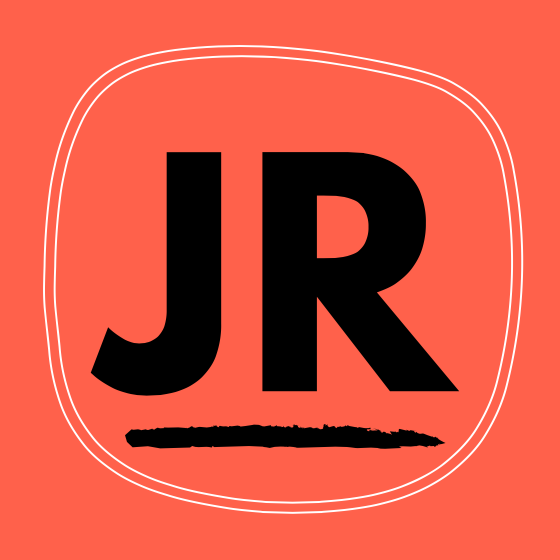

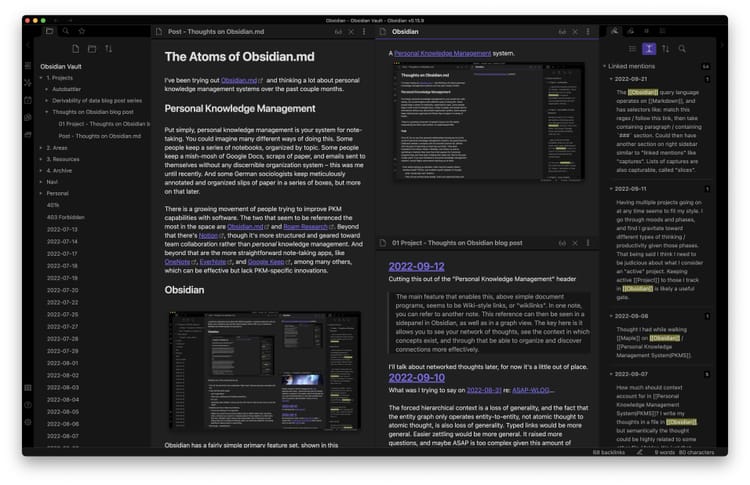
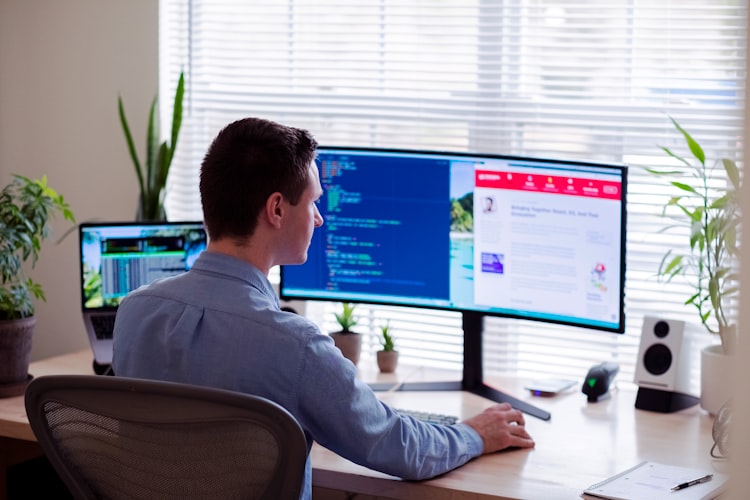
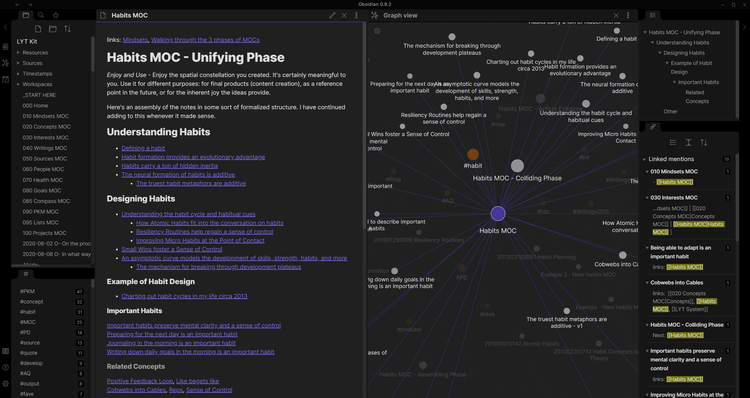
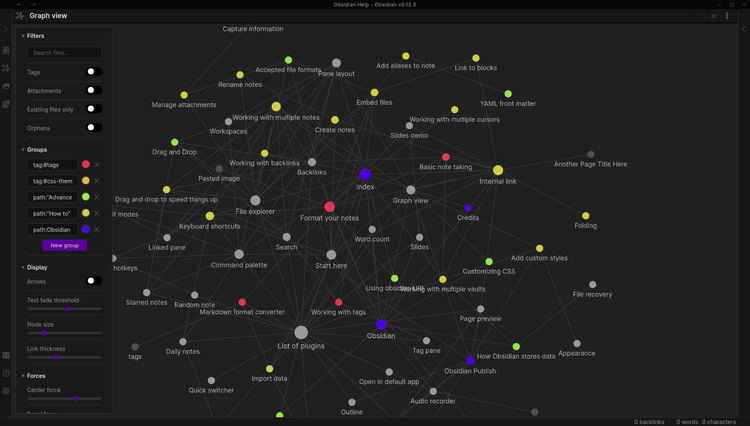
Member discussion